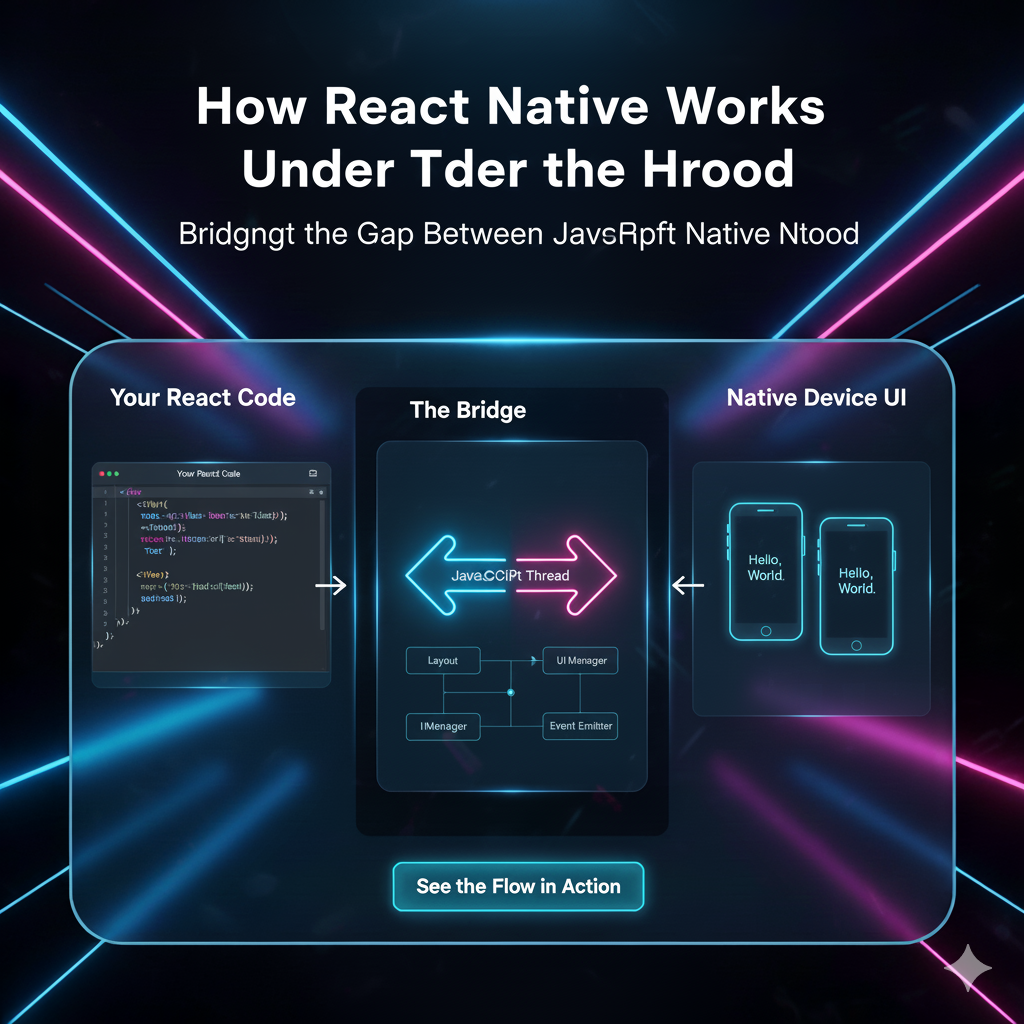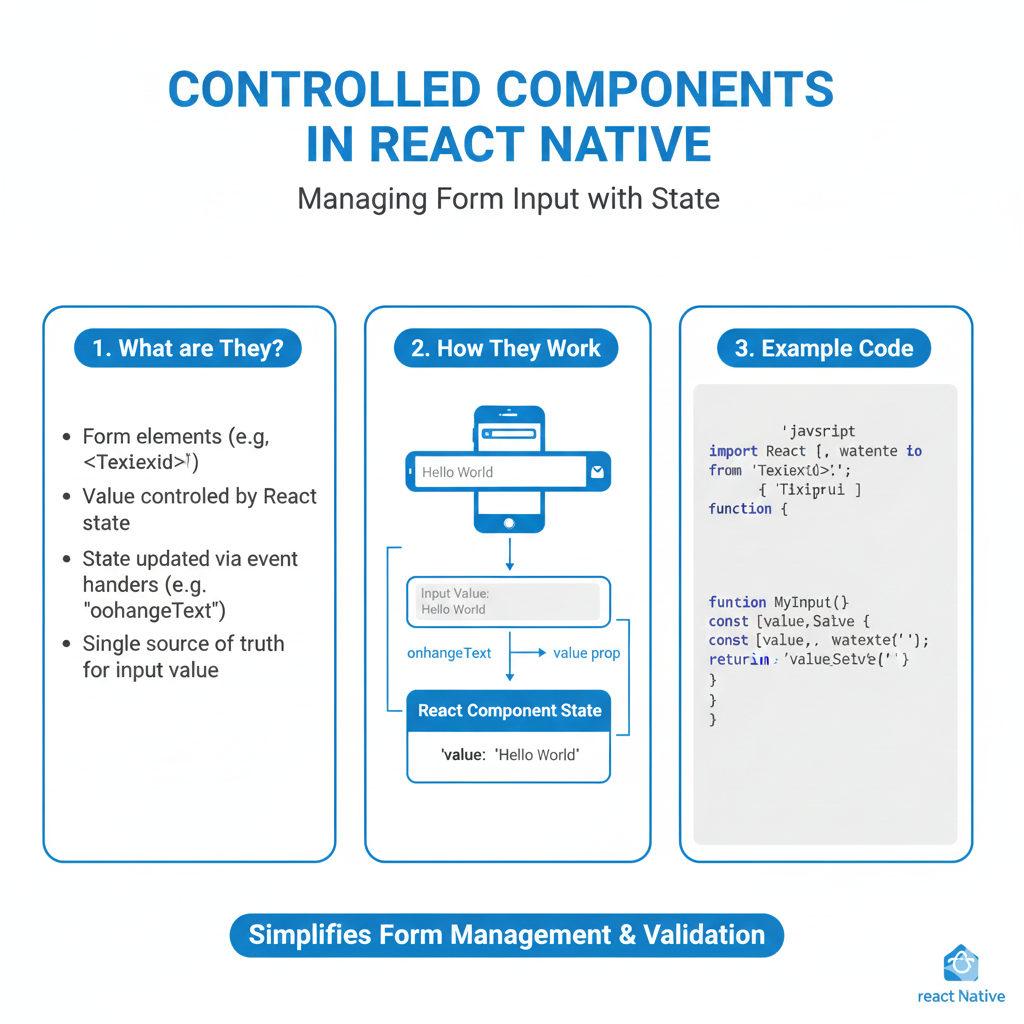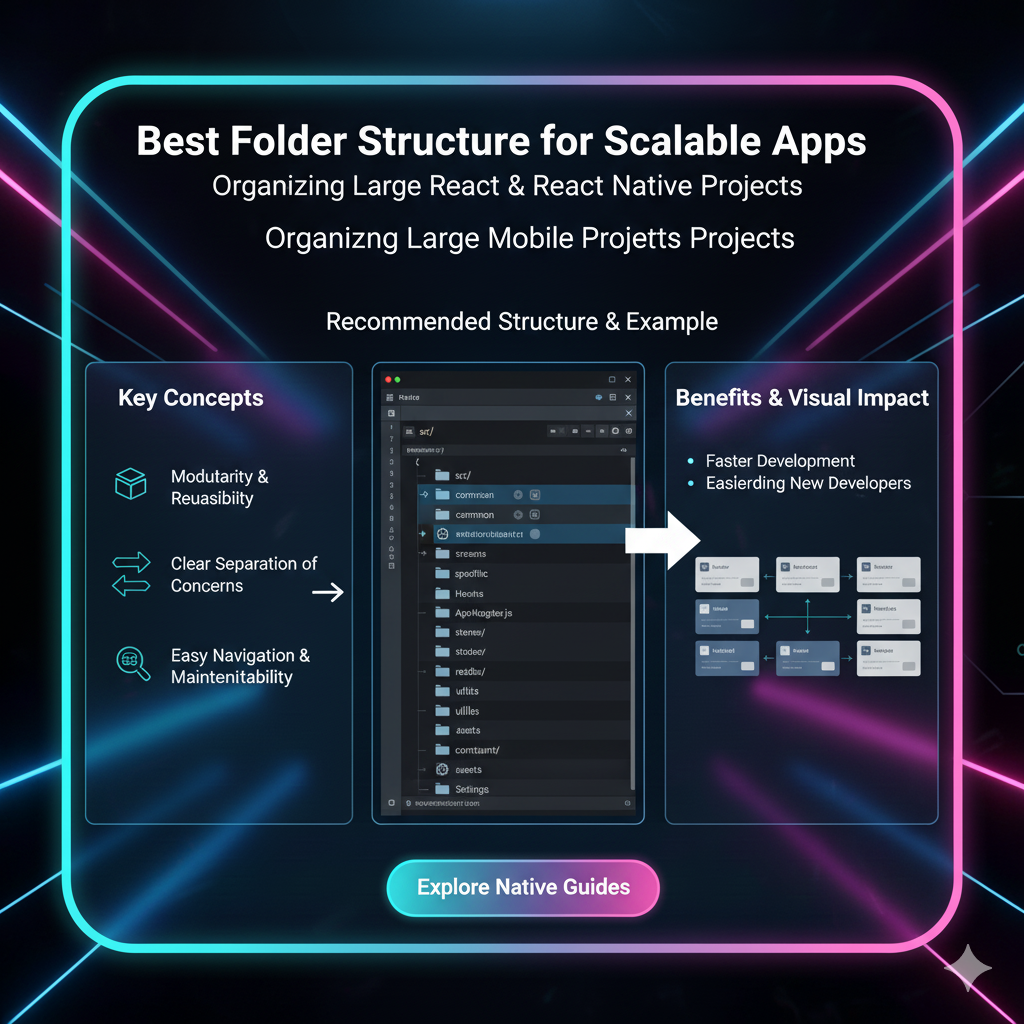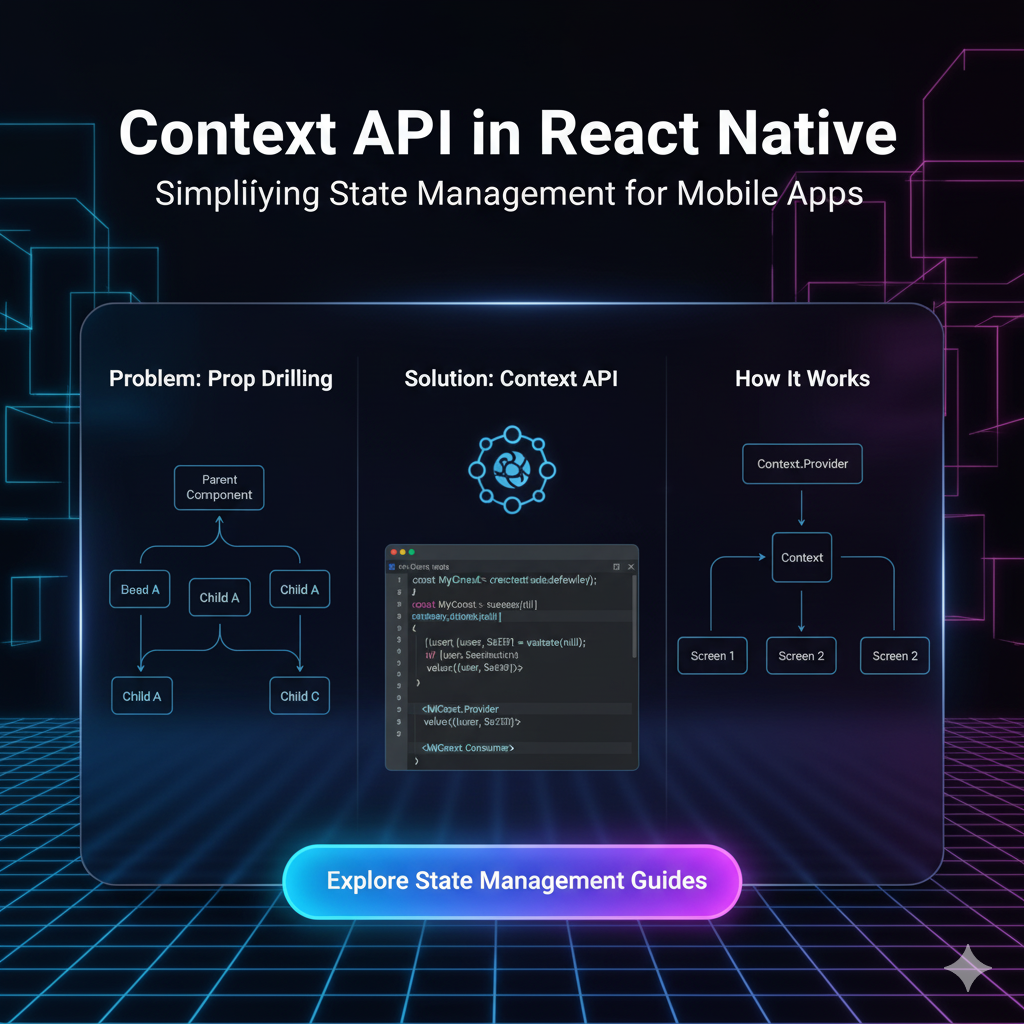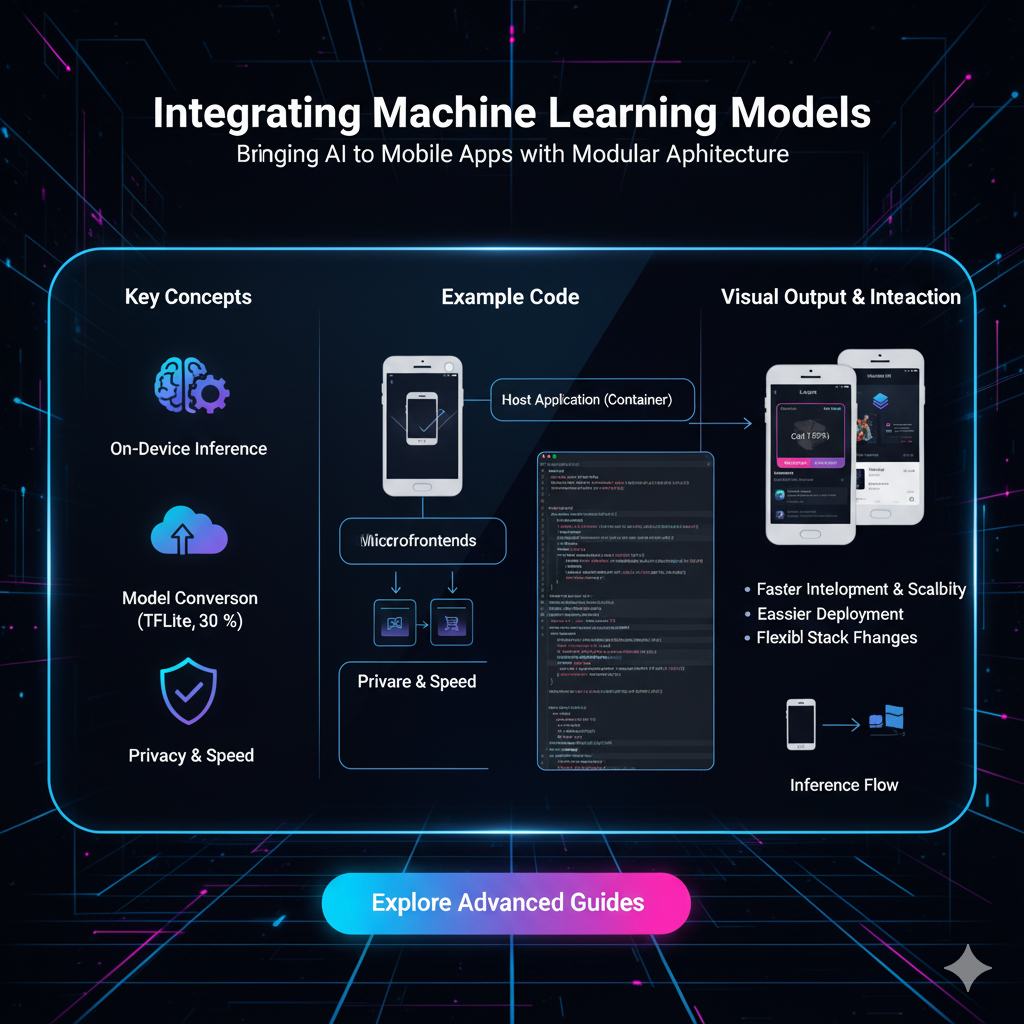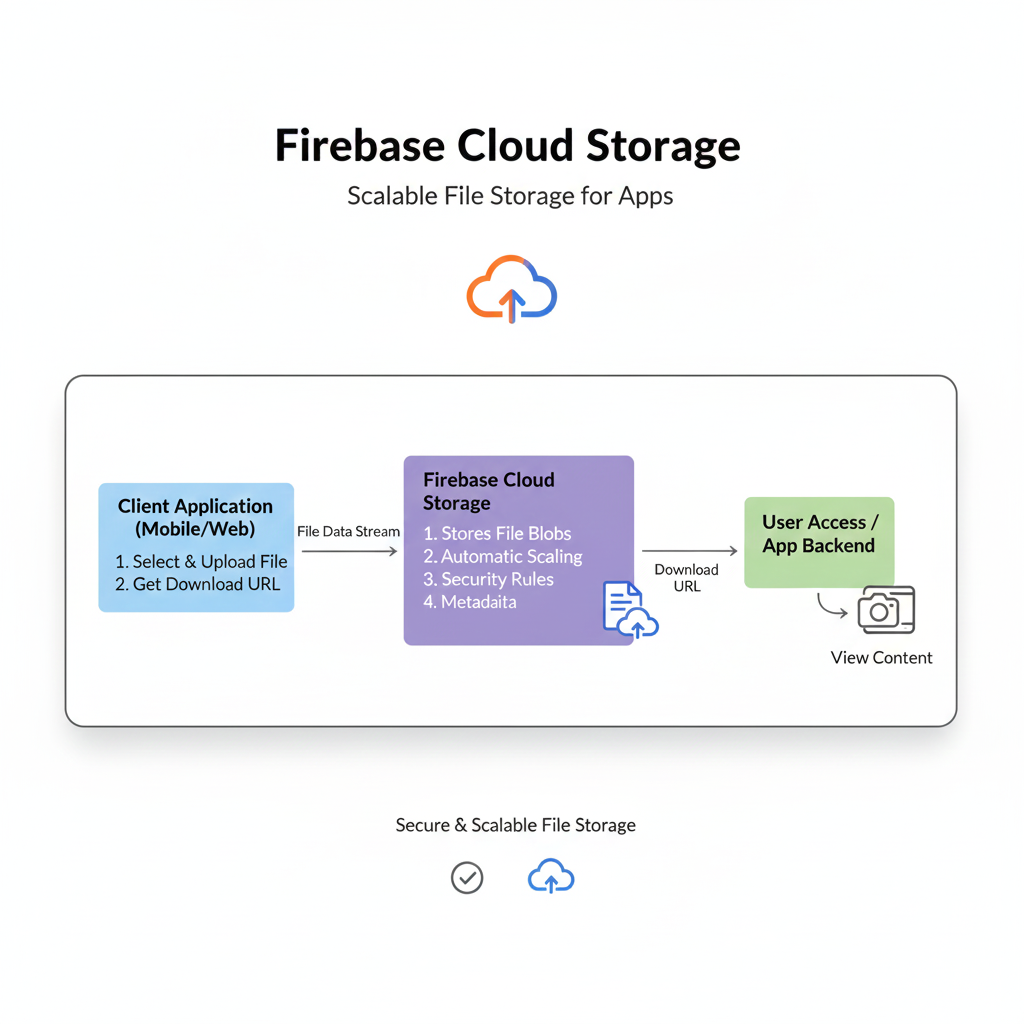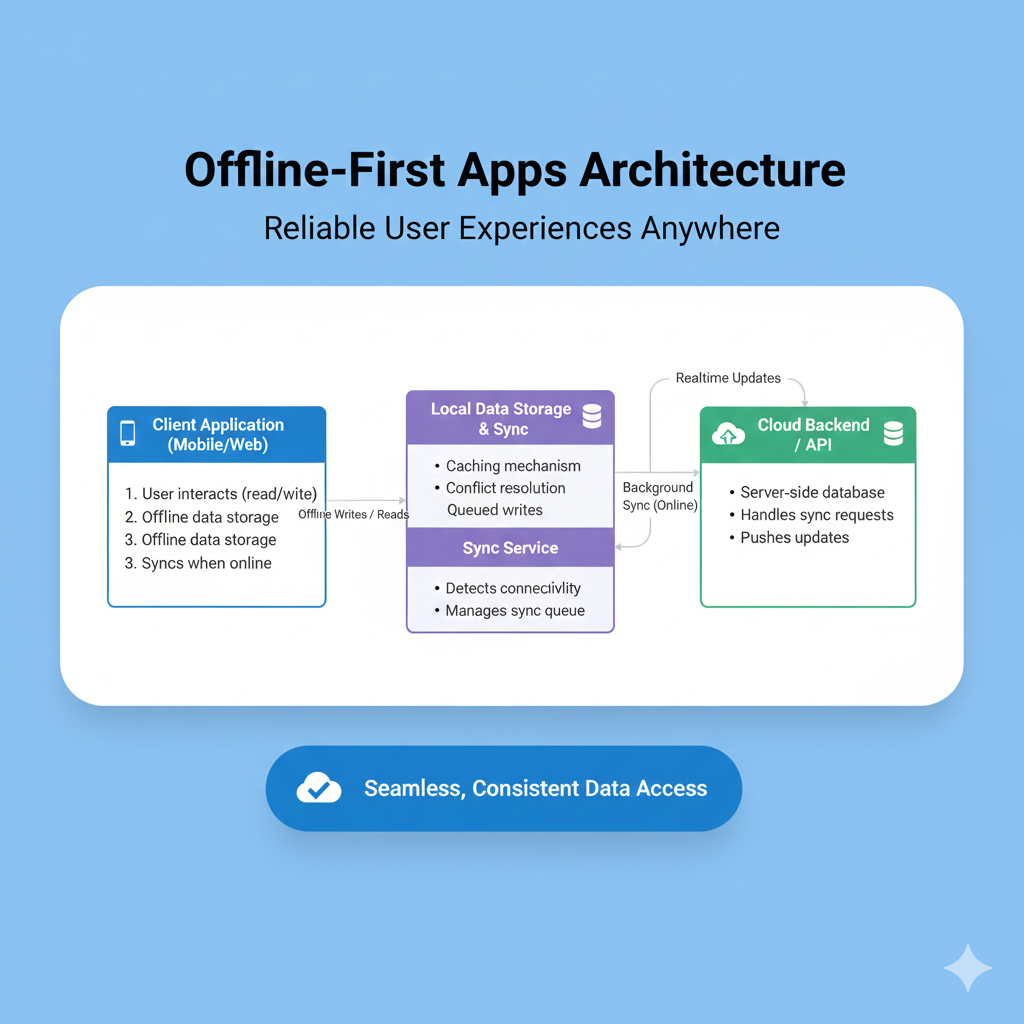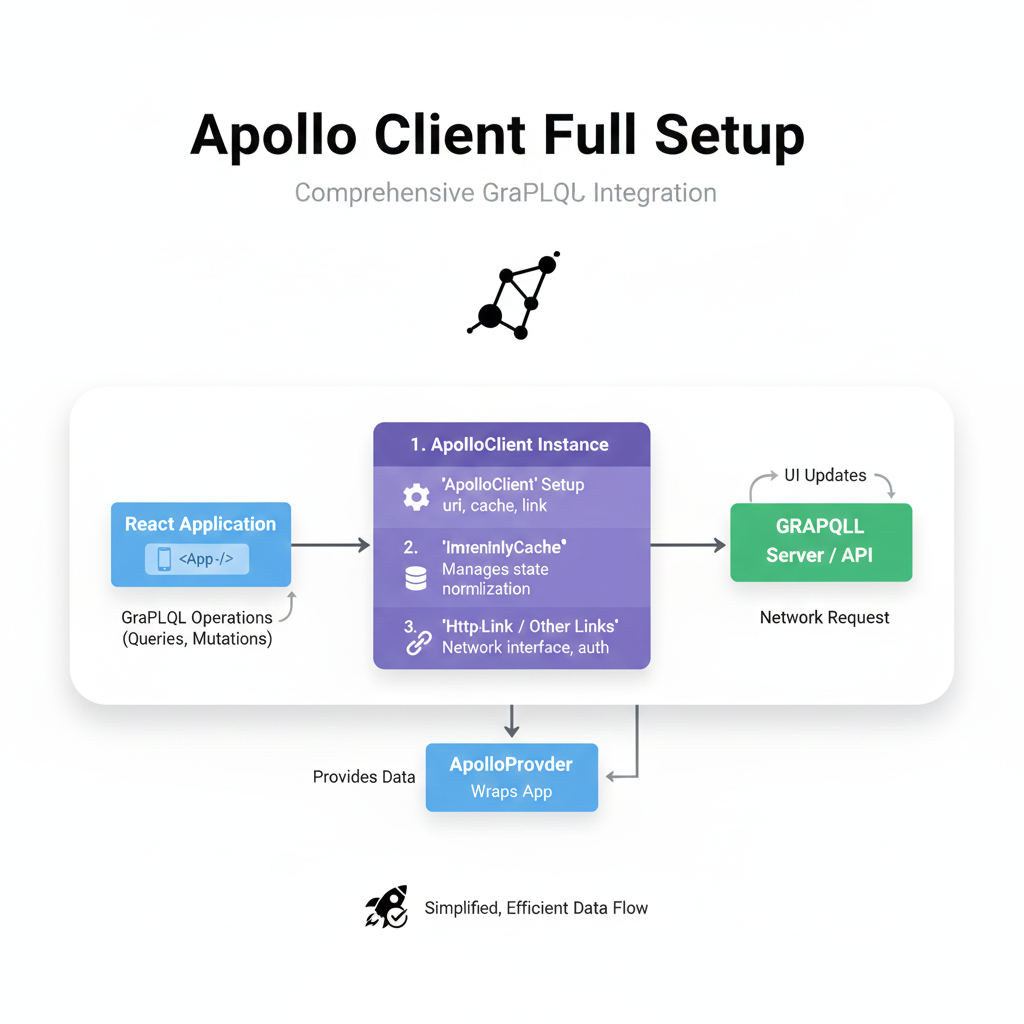React Native CLI vs Expo in 2025: The Ultimate Guide to Picking Your Weapon
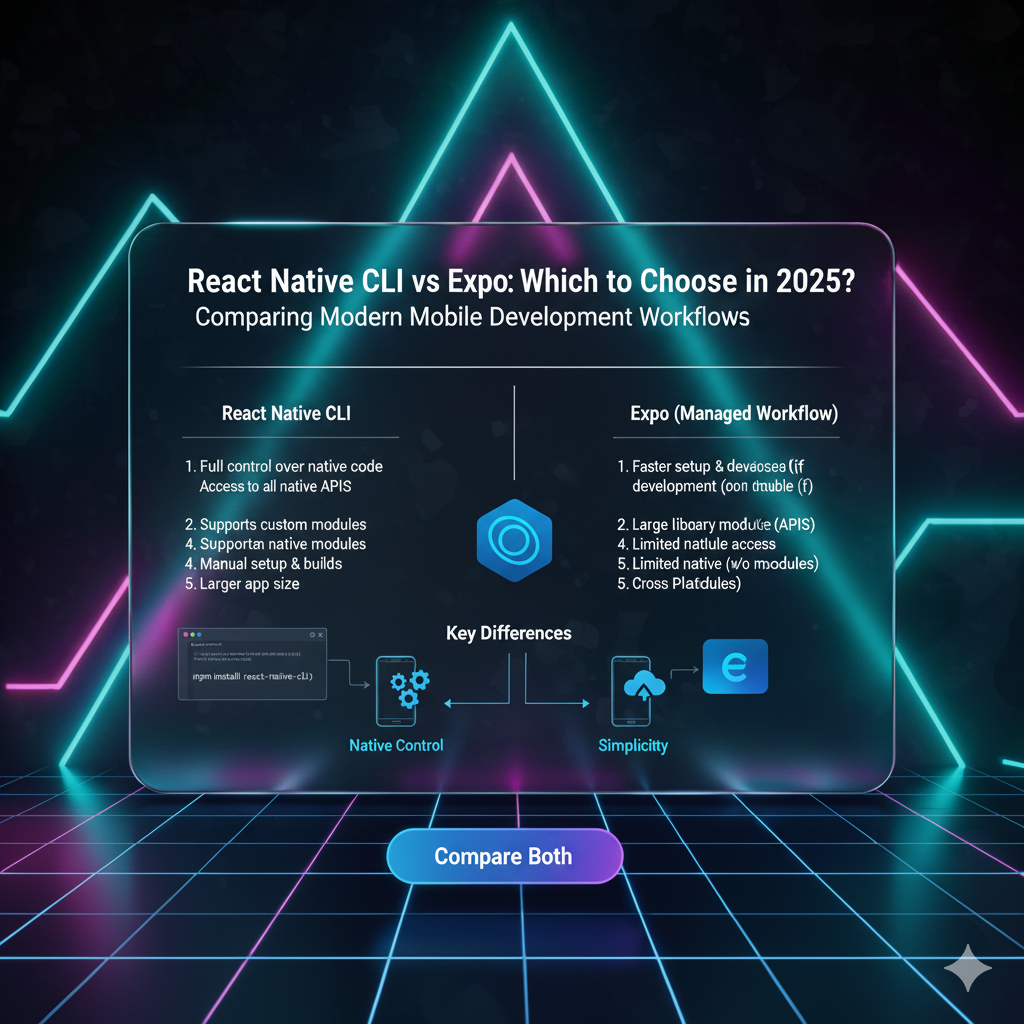
Stuck between React Native CLI and Expo for your 2025 mobile app? Our in-depth guide breaks down the pros, cons, and real-world use cases to help you decide. Plus, learn how to master both at CoderCrafter!

React Native CLI vs Expo in 2025: The Ultimate Guide to Picking Your Weapon
React Native CLI vs Expo in 2025: The Ultimate Guide to Picking Your Weapon
Alright, let’s set the scene. You’ve got a killer app idea. You’ve decided that React Native is the way to go because, let's be real, who wants to maintain two separate codebases for iOS and Android in 2025? Smart move.
But then, you hit the first major crossroads: Do you use the bare-metal React Native CLI or the slick, all-in-one Expo platform?
If you’ve scoured Reddit or Stack Overflow, you’ve seen the debates. It’s like choosing between building a PC from scratch versus buying a powerful, pre-built gaming rig. Both get you to the same destination, but the journey? Totally different.
So, let’s cut through the noise. This isn’t just a "this vs that" list. We're diving deep into what each option really means for you as a developer in 2025, with real-world examples, and a honest look at when you might need to "eject" from that cozy Expo bubble.
First, Let's Break It Down: What Are They, Really?
React Native CLI: The OG Powerhouse
Think of the React Native CLI (Command Line Interface) as the official, DIY kit from Facebook (now Meta). When you start a project with the CLI, you're setting up two separate native projects under the hood: an Xcode project for iOS and a Gradle project for Android.
The Vibe: Total control. You own the entire native layer.
The Process: You need Xcode for iOS and Android Studio (or at least the SDK) for Android installed on your machine. It’s closer to native development.
The Analogy: Building a custom gaming PC. You hand-pick every component—the GPU, the RAM, the cooling system. It's powerful and flexible, but you need to know what you're doing.
Expo: The Game-Changing Accelerator
Expo is a framework and a platform built on top of React Native. It’s a set of tools and services that abstract away the native code complexity. The goal? To let you build and ship React Native apps faster.
The Vibe: Rapid development. "It just works."
The Process: You don't directly touch Xcode or Android Studio (at least not initially). You write JavaScript/TypeScript, and Expo handles the native parts for you.
The Analogy: Buying a high-end, pre-built Alienware or MacBook Pro. It's powerful, comes with everything you need out-of-the box, and you can start gaming (or coding) immediately.
The 2025 Showdown: Key Differences That Actually Matter
Gone are the days when Expo was just a "toy" for beginners. The gap has narrowed significantly, but key differences remain.
1. Setup & Development Experience
React Native CLI: Remember we mentioned the DIY PC? The setup is the first hurdle. You need to configure the Android and iOS environments, which can be a notorious pain, especially on Windows. It’s a rite of passage that sometimes feels like a hazing ritual.
Expo: Blissfully simple.
npx create-expo-app MyAwesomeAppand you're off to the races. The development build runs on your phone via the Expo Go app, so you can see changes live without installing native simulators. It’s arguably the biggest win for beginners and rapid prototyping.
Winner for Ease: Expo, no contest.
2. Access to Native APIs & Modules
This is the big one.
React Native CLI: You have direct access to every native module and API from day one. Need a highly specific Bluetooth library that requires native tweaking? No problem. You can link any native library, write your own native code (Java, Kotlin, Objective-C, Swift), and have granular control.
Expo (Managed Workflow): Historically, this was Expo's Achilles' heel. You were limited to the APIs provided by the Expo SDK. But in 2025, this is mostly a non-issue. The Expo SDK is incredibly mature, covering everything from Camera and Notifications to Maps, Payments, and Sensors. For probably 80-90% of apps, it’s more than enough.
The "Eject" Button (Now Called "Prebuilding"): If you do need a native module that Expo doesn't support, you can "eject" to what's now called the "Dev Client" workflow. This isn't the scary, one-way trip it used to be. You generate the native iOS and Android directories and can add any native code you want, while still using most of Expo's services.
Winner for Raw Power: React Native CLI, but the gap is much smaller than it was.
3. Building & Distribution (The "Deployment" Part)
React Native CLI: You're the captain of the ship. You manually configure your app's icons, splash screens, and build settings. To build a release APK or IPA, you use Android Studio and Xcode directly. Distributing test builds involves services like Firebase App Distribution or TestFlight, which adds steps.
Expo: This is where Expo truly shines. Their EAS (Expo Application Services) is a killer feature.
EAS Build: Cloud-based builds. You push your code, and Expo's servers build your native binaries for you. No more sucking your laptop's battery for an hour to build an IPA.
EAS Submit: Automatically submit your app to the Apple App Store and Google Play Store.
EAS Update: This is magic. You can push small bug fixes and updates directly to your users' phones without going through the app store review process. It's like web deployment for your mobile app.
Winner for Convenience: Expo, by a landslide.
4. App Size & Performance
React Native CLI: Your app starts lean. You only include the native code you actually use. This generally results in a smaller initial app size (the "APK" or "IPA" file users download).
Expo (Managed): The initial bundle includes the entire Expo SDK, so the app size is larger. However, the Expo team has made massive strides in optimizing this. With tools like automatic tree-shaking in the modern Expo SDK, the size difference is often negligible for most applications.
Winner for Leanest Start: React Native CLI. But for most real-world apps, the difference isn't a deal-breaker.
Real-World Use Cases: Which One Should YOU Pick?
Choose React Native CLI if...
You're building a "Heavy" Native App: Your app relies heavily on custom, device-specific hardware or complex native libraries that Expo doesn't wrap (e.g., specialized audio processing, custom ARKit/ARCore integrations).
You Need to Reuse Existing Native Code: If your project involves integrating with a legacy native module or you have in-house native code, the CLI is your only straightforward path.
Your Team is Skilled in Native Mobile Dev: If your team consists of developers who are comfortable with Xcode and Android Studio, the CLI gives them the full power they're used to.
App Size is the #1 Priority: If every kilobyte counts for your target audience and market, the barebones start of the CLI might be necessary.
Choose Expo if...
You're a Beginner or a Web Developer: The low barrier to entry is perfect for getting started without getting bogged down in native tooling hell.
You're Prototyping or Building an MVP: Speed is your greatest asset. Expo lets you validate your idea and get a working app into users' hands faster than anything else.
Your App Uses Common Functionality: If your app needs a camera, maps, push notifications, in-app purchases, or sensors, Expo has you covered with its robust SDK.
You Value a Streamlined Deployment Process: The power of EAS Build, Submit, and Updates is a massive productivity booster for teams of all sizes. It simplifies CI/CD dramatically.
You're a Solo Developer or Small Team: Expo acts as an extra team member, handling the complex DevOps and native configuration so you can focus on features.
Feeling inspired to build your own app? The foundation of any great developer is mastering the core concepts. To learn professional software development courses such as Python Programming, Full Stack Development, and MERN Stack, visit and enroll today at codercrafter.in. We'll give you the skills to not just follow a tutorial, but to architect your own solutions.
FAQs: Your Burning Questions, Answered
Q1: Is Expo just for beginners?
A: Absolutely not. While it's fantastic for beginners, Expo's advanced features like EAS and the Dev Client workflow make it a powerful choice for large, production-grade applications used by companies like Brex and Valve.
Q2: Can I switch from Expo to React Native CLI later?
A: Yes! This is the "prebuilding" or "ejecting" process we mentioned. It's well-documented and allows you to generate the native iOS and Android directories, effectively turning your Expo project into a standard React Native CLI project. It's generally a one-way process, but it's safe and supported.
Q3: Does using Expo mean I'm locked into their platform?
A: There's a degree of vendor lock-in with EAS services (Build, Submit), as you're using their cloud infrastructure. However, your code remains standard React Native, and you can always self-host your builds later if needed.
Q4: Which one has better performance?
A: For most common tasks, the performance is identical because both run the same React Native JavaScript core. Performance bottlenecks are almost always due to your own JavaScript code logic, not the underlying framework choice. A poorly optimized app will be slow on both.
Q5: What's the cost?
A: Both React Native CLI and the core Expo SDK are free and open-source. Expo's EAS services have a generous free tier, with paid plans for higher usage, which is often more cost-effective than setting up and maintaining your own build infrastructure.
Conclusion: So, What's the Verdict for 2025?
The landscape has evolved. The choice between React Native CLI and Expo is no longer about "power vs simplicity." It's about "configuration vs convention."
React Native CLI gives you ultimate configuration. You are in charge of the entire stack. It's the path of the native purist.
Expo provides powerful conventions and an incredible suite of tools that get you from zero to production with less friction. It's the path of the pragmatic developer.
Our Final Take:
Start with Expo. For the vast majority of projects in 2025, it's the best choice. Its developer experience is superior, its tooling is enterprise-grade, and its limitations are few and far between. If you ever hit a wall and need a custom native module, you can confidently "eject" to the Dev Client workflow without starting over.
Only reach for the React Native CLI from the start if you know your project has specific, esoteric native requirements that fall outside of Expo's extensive SDK.
Ultimately, both are fantastic tools that prove the strength of the React Native ecosystem. The best choice is the one that gets your app built, tested, and into the hands of users.
Ready to go from theory to practice? Building a real-world project is the best way to learn. At CoderCrafter, our project-based curriculum in Full Stack Development and the MERN Stack gives you the hands-on experience to tackle modern tech stacks like React Native with confidence. Check out our courses and start your building journey at codercrafter.in!
